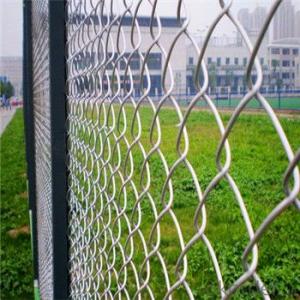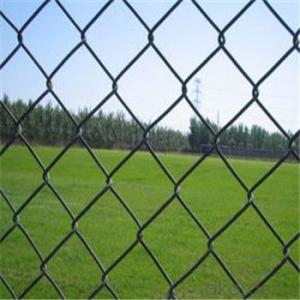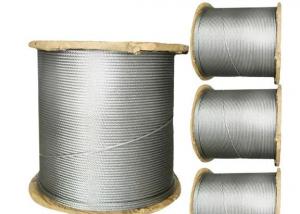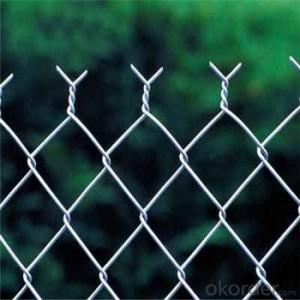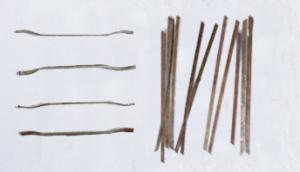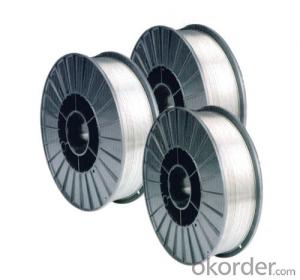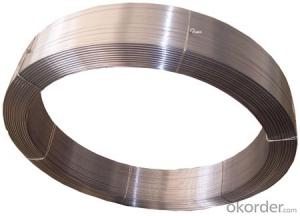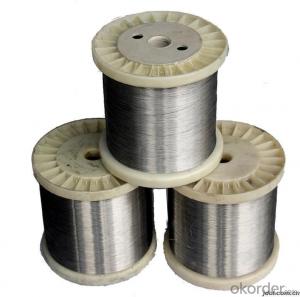Stainless Steel Wire Wheel
Stainless Steel Wire Wheel Related Searches
Best Paint For Stainless Steel Blanket Insulation For Steel Buildings Primer For Galvanized Steel Foam Filter For Stainless Steel H S Code For Stainless Steel Surface Grinding Wheels For Stainless Steel Surface Grinding Wheels For Hardened Steel Hole Saw For Stainless Steel Paint For Stainless Steel Stainless Steel For BbqHot Searches
Steel Mesh Panels For Sale Price For Stainless Steel Scrap Scrap Price For Stainless Steel Price For Stainless Steel Stainless Steel Tank For Sale Stainless Steel Sheets For Sale Cheap High Tea Sets For Sale Stainless Steel Tanks For Sale Stainless Steel For Sale High Density Fiberboard For Sale Solar Hot Water Collectors For Sale Scaffolding For Sale In Uae Scaffolding For Sale In Ireland Scaffolding For Sale In Houston Type Of Inverter For Solar Price Of Shipping Containers For Sale Types Of Inverter For Solar Stock Price For Aluminum Used Solar Inverter For Sale Steel Mesh Panels For SaleStainless Steel Wire Wheel Supplier & Manufacturer from China
Okorder.com is a professional Stainless Steel Wire Wheel supplier & manufacturer, offers integrated one-stop services including real-time quoting and online cargo tracking. We are funded by CNBM Group, a Fortune 500 enterprise and the largest Stainless Steel Wire Wheel firm in China.Hot Products
FAQ
- Stainless steel wire comes in various types with different levels of strength to suit various applications. The most common types of stainless steel wire for different levels of strength include: 1. Austenitic Stainless Steel Wire: This type of stainless steel wire is the most widely used due to its excellent corrosion resistance and high tensile strength. It is commonly used in applications where high strength and resistance to corrosion are required, such as in marine environments or chemical processing industries. 2. Martensitic Stainless Steel Wire: Martensitic stainless steel wire offers higher strength and hardness compared to austenitic stainless steel. It is often used in applications that require higher levels of mechanical strength, such as springs, surgical instruments, or cutlery. 3. Duplex Stainless Steel Wire: Duplex stainless steel wire exhibits a combination of properties from both austenitic and ferritic stainless steel. It offers higher strength than austenitic stainless steel while maintaining good resistance to corrosion. It is commonly used in industries such as oil and gas, chemical processing, or desalination plants. 4. Ferritic Stainless Steel Wire: Ferritic stainless steel wire possesses high tensile strength, but lower corrosion resistance compared to austenitic stainless steel. It is commonly used in applications that require high strength but are not exposed to corrosive environments, such as automotive exhaust systems or decorative applications. 5. Precipitation Hardening Stainless Steel Wire: Precipitation hardening stainless steel wire is heat-treated to achieve high strength levels. It is often used in aerospace, nuclear, or other high-performance industries where both strength and corrosion resistance are crucial. It is important to consider the specific requirements of the intended application when selecting the appropriate type of stainless steel wire. Factors such as strength, corrosion resistance, temperature resistance, and cost should be taken into account to ensure optimal performance. Consulting with a materials engineer or stainless steel wire manufacturer can provide further guidance in selecting the right type for your particular needs.
- Indeed, fishing nets can be constructed with stainless steel wire. Due to its durability and resistance to corrosion, stainless steel proves to be an apt choice for marine settings where fishing nets are frequently employed. The robustness of stainless steel wire enables it to endure the strain and force applied by the captured fish within the net. Moreover, stainless steel exhibits less susceptibility to rusting or degradation in contrast to alternative materials, guaranteeing the enduring and trusty nature of the fishing net.
- The standard spool sizes for stainless steel wire vary depending on the specific application and manufacturer. However, common spool sizes for stainless steel wire range from 1 lb (0.45 kg) to 1000 lbs (453.5 kg) or more.
- There exists a variety of stainless steel wire screens to cater to specific applications and objectives. Some commonly used types include: 1. Plain weave screens: These screens are woven by crossing wires over and under in a simple crisscross pattern. They are typically employed in general-purpose screening applications due to their strength and durability. 2. Twill weave screens: Similar to plain weave screens, twill weave screens have wires woven in a diagonal pattern, resulting in a tighter and more stable weave. They are often utilized in finer filtration and sieving applications. 3. Dutch weave screens: Dutch weave screens have a complex weave pattern with tightly woven wires in the warp direction and larger gaps in the weft direction. This structure provides excellent filtration performance, making them suitable for precision filtration and separation processes. 4. Welded wire screens: These screens are created by welding individual wires together at their intersections. They are renowned for their high strength and rigidity, making them ideal for heavy-duty applications such as security fencing or machine guards. 5. Expanded metal screens: Expanded metal screens are formed by cutting and stretching a metal sheet, resulting in diamond-shaped openings. They offer good airflow, visibility, and protection, commonly used in architectural and decorative applications. 6. Perforated metal screens: Perforated metal screens are produced by punching holes into a metal sheet, creating regularly spaced openings. They offer versatile functionality, allowing precise control over the size and distribution of the openings. They find application in acoustic panels, ventilation systems, sorting, or grading processes. When selecting the appropriate stainless steel wire screen, it is crucial to consider specific requirements like desired mesh size, strength, corrosion resistance, and compatibility with the surrounding environment.
- Indeed, stainless steel wire proves to be a fitting option for the art of wire knitting. Renowned for its resilience, potency, and immunity to corrosion, stainless steel wire undoubtedly emerges as an excellent selection for an array of crafting endeavors, wire knitting included. Its sleek and refined exterior contributes to the enhancement of the knitted article's overall aesthetics. Moreover, stainless steel wire can be obtained in various gauges, affording the creator the flexibility to fashion diverse textures and patterns. Whether one embarks on the creation of jewelry, home embellishments, or intricate designs, stainless steel wire stands as a steadfast and enduring material, ensuring the longevity of one's wire knitting masterpiece.
- There is a variety of stainless steel wire mesh trays available, each with its own distinct characteristics and uses. 1. Standard Mesh Trays: Utilizing a standard mesh pattern, these trays typically have square or rectangular openings. They are commonly employed for general storage and transportation purposes, as they allow for excellent ventilation and visibility of the contents. 2. Fine Mesh Trays: Featuring a finer mesh pattern with smaller openings, these trays are designed to securely hold smaller items and prevent them from slipping through. They are commonly utilized in laboratory settings, pharmaceutical industries, and for delicate or sensitive items. 3. Welded Mesh Trays: Constructed from wire mesh that has been welded at its intersections, these trays offer a strong and durable structure. They are ideal for heavy-duty applications, such as industrial storage or material handling, where strength and stability are crucial. 4. Flat Mesh Trays: With a flat bottom surface and wire mesh walls on the sides, these trays are often used in situations where easy accessibility to the contents is necessary, such as in food processing or cleanroom environments. 5. Slanted Mesh Trays: Designed with an angled structure, one side of these trays is higher than the other. This allows for gravity-assisted flow and easy access to the contents. Slanted mesh trays are frequently utilized in assembly lines or production environments where visibility and accessibility are important. 6. Stackable Mesh Trays: These trays are specifically designed to be stacked, enabling efficient use of space and convenient organization. They often possess interlocking features or stacking frames to ensure stability when stacked. Stackable mesh trays find common use in warehouses, distribution centers, or any application where optimizing space is essential. 7. Customized Mesh Trays: Manufacturers also offer customized options for stainless steel wire mesh trays. These trays can be tailored to specific requirements, such as different mesh sizes, dimensions, or additional features like handles or dividers. Customized mesh trays are frequently employed in specialized industries or unique applications where standard trays may not suffice. Overall, the various types of stainless steel wire mesh trays offer a wide range of options to cater to different industries and applications. They provide durability, visibility, ventilation, and customization possibilities.
- How can stainless steel and copper wire be welded?
- If it can be used for brazing, silver based solder solder with high temperature for welding of copper and stainless steel, but this is the need for flame welding, but if it is the relatively thin copper wire should be used with caution, so as not to burn the wire.
- The diameter of stainless steel wire is typically measured using a gauge system. This system assigns a specific number to the wire based on its diameter. The most commonly used gauge system for stainless steel wire is the American Wire Gauge (AWG). In this system, the higher the gauge number, the smaller the wire diameter. For example, a 20-gauge stainless steel wire will have a larger diameter than a 24-gauge wire. The measurement is done by using specialized tools such as a micrometer or a wire gauge. These tools ensure precise measurements by accurately determining the thickness of the wire. It is important to note that the diameter measurement may vary slightly depending on the manufacturing process and the specific application of the stainless steel wire.

















